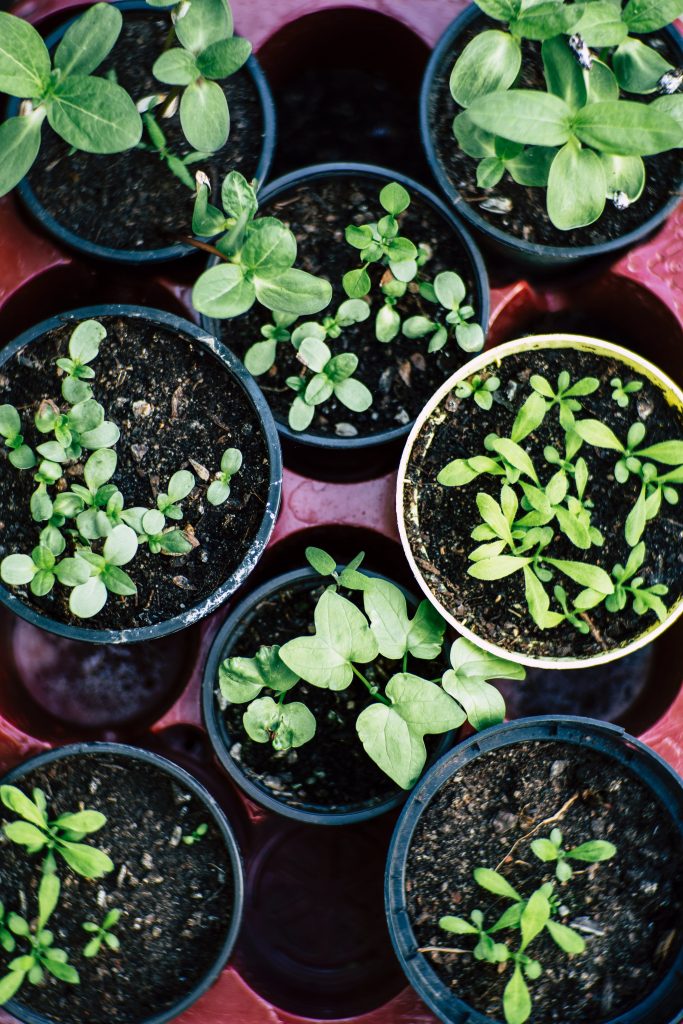In our journey towards sustainable living, finding innovative ways to reduce waste and connect with the food we consume is vital. Propagating fruits and vegetables from kitchen scraps isn’t just a step towards minimizing food waste; it’s a deeply rewarding practice that brings the cycle of growth right into our homes. Whether you’re a seasoned gardener or a curious newbie, this guide will walk you through the magical process of turning your kitchen scraps into thriving plants.

1. The Basics of Propagation: Starting Simple
Begin with easy-to-grow options like green onions, celery, and potatoes. These require minimal setup: a container, water, and some sunlight. Watching these plants regrow from scraps you would have thrown away is not just fascinating; it’s a clear, tangible insight into the regenerative power of nature.
2. Enhancing Your Propagation Success: Advanced Tips
To ensure your propagation efforts are fruitful, consider the following:
- Water Quality Matters: Use filtered or rainwater for sensitive plants to prevent chemical burn from tap water.
- Create the Ideal Environment: A warm, humid environment encourages rooting. A simple plastic bag can act as a mini greenhouse, trapping moisture and warmth.
- Lighting is Key: Opt for bright, indirect light to prevent scalding young plants, ensuring they receive the warmth and energy they need without the risk.
3. From Water to Soil: Transplanting Tips
Once your plants have established roots in water, transitioning them to soil is the next step. Opt for a rich, organic potting mix with good drainage to support healthy growth. For plants like ginger, a bit of perlite or sand can improve soil structure and drainage further.
4. Ongoing Care: Keeping Your Plants Happy
- Nutrient Boosts: A gentle, organic liquid fertilizer can give your young plants the nutrients they need to thrive.
- Pest Management: Watch out for pests and manage them with natural remedies like neem oil or soapy water.
5. Harvesting Your Bounty
Patience is crucial, especially for plants that take longer to mature, like pineapples. Learn when and how to harvest your plants for the best yield, such as waiting for the plant to die back in the case of root vegetables.

Sharing the Fruits of Your Labor
Gardening, even on a small scale, becomes even more rewarding when shared. Consider swapping cuttings or produce with your community, or use your experience as an educational tool. The practice of propagating plants from kitchen scraps is a beautiful, tangible way to engage with sustainability and the natural world.
Remember, every small step towards sustainable living makes a difference. By embracing the practice of growing your own fruits and vegetables from scraps, you’re not just reducing waste; you’re participating in a cycle of life that nurtures both the planet and your soul. So, get those scraps ready, and let’s grow together!

